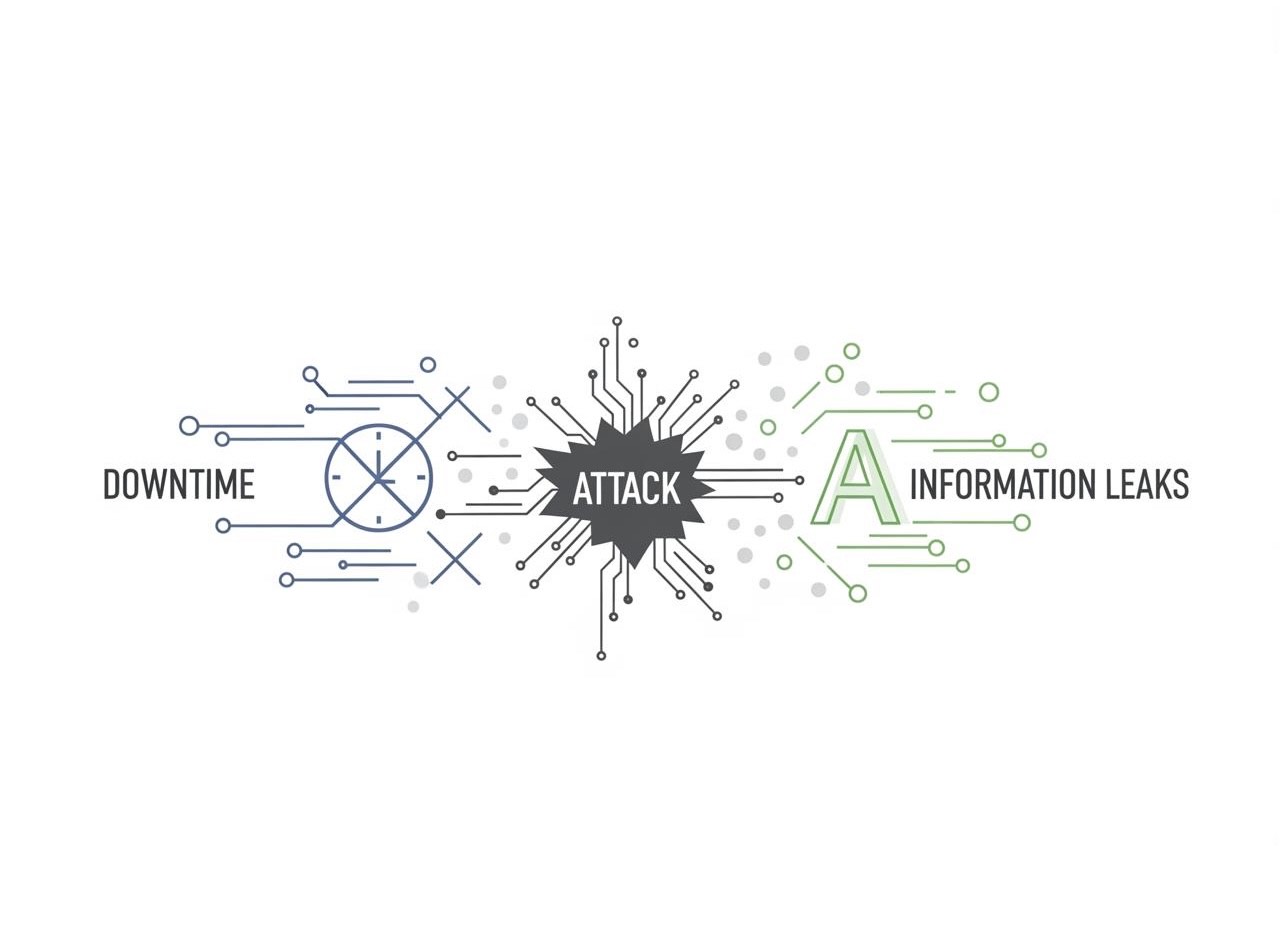
A Growing Threat to Manufacturing
A Growing Threat to Manufacturing
By: Destiny Dickerson
In an increasingly digitized manufacturing landscape, cyberattacks have become one of the most significant threats to operational continuity and data integrity. While many consider cybersecurity an IT-only issue, the reality is that manufacturers, especially those embracing Industry 4.0, are highly vulnerable. From shutting down production lines to leaking sensitive trade secrets, cyberattacks can bring even the most advanced facilities to a standstill. As factories become increasingly intelligent and interconnected, the stakes continue to rise.
Downtime in Manufacturing: When Production Grinds to a Halt
In manufacturing, downtime is costly; every minute a line is down can translate into thousands, if not millions, in lost revenue. Unlike some industries where disruptions can be managed remotely, manufacturing operations rely on physical processes that are tightly synced with digital systems. A cyberattack that disables a programmable logic controller (PLC) or corrupts a factory’s Manufacturing Execution System (MES) can immediately halt assembly lines, delay shipments, and disrupt supply chains.
A prime example occurred in 2019, when Norsk Hydro, a global aluminum producer, was hit by a ransomware attack that forced the company to switch to manual operations across multiple sites. The cyberattack disrupted everything from email communications to industrial control systems. Norsk Hydro reported losses of over $70 million, underscoring how even brief downtime can have lasting impacts on production and profitability.
Information Leaks: Exposing Trade Secrets and Customer Data
Beyond operational disruption, information theft poses a significant threat to manufacturers. Many organizations in this sector hold proprietary designs, blueprints, and formulas; intellectual property that, if stolen, can give competitors or cybercriminals a significant competitive advantage. Additionally, manufacturers often manage customer data, supplier contracts, and internal HR records that must be protected.
In 2022, Continental AG, a major German automotive parts manufacturer, confirmed a cyberattack in which hackers stole confidential files, including internal documents and supplier data. The breach not only raised concerns about intellectual property theft but also impacted relationships with business partners.
The manufacturing industry is now the most targeted sector for cyberattacks, according to IBM’s 2023 X-Force Threat Intelligence Index. The shift is partly due to the industry’s rapid digital transformation and historically underdeveloped cybersecurity infrastructure. As factories connect more devices to the Internet of Things (IoT), each endpoint becomes a potential entry point for malicious actors.
Why Are Manufacturers Targeted?
Cybercriminals view manufacturers as high-value, low-preparedness targets. Many manufacturing firms, especially small and mid-sized ones, operate with legacy systems and limited IT staff. Their focus on production efficiency often overshadows investment in cybersecurity infrastructure. This makes them more susceptible to phishing scams, ransomware, and supply chain attacks.
Another factor is the convergence of OT (Operational Technology) and IT systems. While IT systems handle data, OT systems control machinery. A breach in one area can quickly compromise the other. Unfortunately, OT environments are often less secure due to outdated software or unpatched vulnerabilities, making them prime targets for attacks like TRITON or Stuxnet, both of which demonstrated how malware could manipulate physical industrial equipment.
The Path Forward: Cybersecurity as a Core Part of Manufacturing Strategy
To protect against these growing threats, manufacturers must treat cybersecurity as a core business function, not just an IT concern. This includes securing networks, updating legacy systems, training employees to recognize phishing attempts, and developing firm incident response plans. Manufacturers should also conduct regular risk assessments and work with cybersecurity experts to implement endpoint detection, firewall protection, and backup systems that are isolated from day-to-day operations.
Cybersecurity regulations are also becoming more stringent. In the U.S., the Cybersecurity Maturity Model Certification (CMMC) now requires defense manufacturers and contractors to meet cybersecurity standards. Similar frameworks are emerging globally, indicating that regulatory compliance and cyber readiness will soon become mutually intertwined.
Final Thoughts
Manufacturing has come a long way; from handcrafting to smart factories powered by AI and data. But with this evolution comes a new kind of vulnerability. Cyberattacks now pose a threat to more than just data; they can disrupt entire operations, steal intellectual property, and compromise employee safety and security. As the manufacturing industry continues to innovate, cybersecurity must evolve with it; becoming as integral to operations as robotics, automation, and quality control.
Sources
- IBM Security. (2023). X-Force Threat Intelligence Index. https://www.ibm.com/reports/xforce-threat-intelligence
- CISA (Cybersecurity and Infrastructure Security Agency). https://www.cisa.gov
- Norsk Hydro Incident Report. https://www.hydro.com
- Reuters. (2022). “Continental confirms cyberattack.” https://www.reuters.com
- Verizon. (2023). Data Breach Investigations Report. https://www.verizon.com/business/resources/reports/dbir/